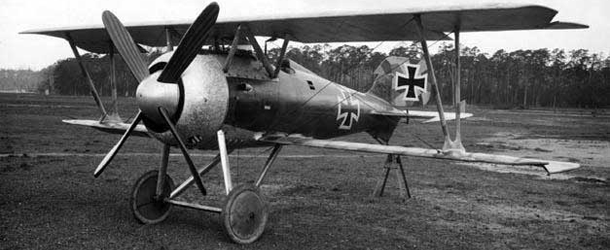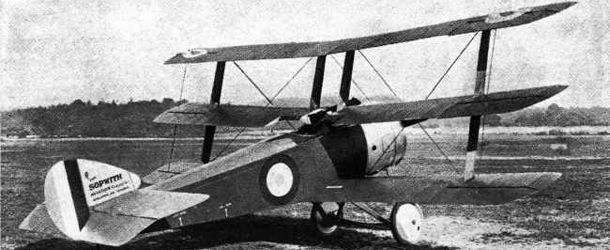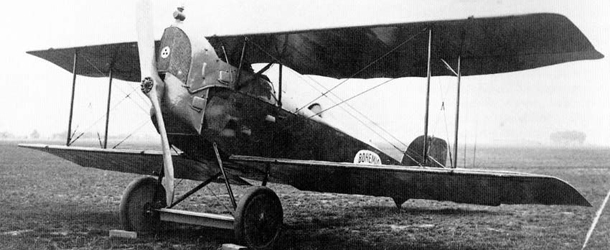The Siemens-Schuckert D.III was a German single-seat fighter built by Siemens-Schuckert Werke. The D.III was a development of the earlier Siemens-Schuckert D.IIc prototype. The D.III was an equal-span sesquiplane powered by a 160 hp (119 kW) Siemens-Halske Sh.III bi-rotary engine. Idflieg placed an order for 20 aircraft in December, 1917, followed by a second order of 30 aircraft in February, 1918. The Siemens-Schuckert D.III was designed …
The last article presented the fighter Sopwith Triplane. Now it’s time to learn a bit more about the pilots of the three versions of this aircraft featured in the WW1 Wings of Glory Airplane Packs: the Canadian ace Raymond Collishaw, and the Australians Robert Alexander Little and Roderic Stanley Dallas. Raymond Collishaw The most victorious Sopwith Triplane pilot, Raymond “Collie” Collishaw was the highest scoring Royal …
In April, 1917, a formation of fourteen German aircrafts was attacked by two light, fast, and nimble British fighters piloted by Flight Commander R. S. Dallas and Flight Sub-Lieutenant T. G. Culling, from No.1 Naval Squadron. After 45 minutes of combat and three airplanes shot down, the remaining German planes were forced to retreat. This was the impressive debut of the Sopwith Triplane, a revolutionary and …
The second part of the Aviatik D.I preview (click here to see the Part 1) presents the pilots of the three versions of this fighter featured in the WW1 Wings of Glory Airplane Packs: the Austro-Hungarian ace Frank Linke-Crawford and two brave pilots, the Austro-Hungarians Karl Sabeditsch and Karl Turek. Frank Linke-Crawford Oberleutnant Frank Linke-Crawford was born in 18 August, 1893, and was the fourth-ranking ace …
The Aviatik D.I was a single-engine, single-seater fighter biplane that served the Austro-Hungarian Empire as a fighter and reconnaissance escort through the final years of World War 1. It was also known as the Berg D.I or the Berg Fighter because it was designed by Julius von Berg. The D.I was the first indigenously designed fighter aircraft of the Austro-Hungarian Air Service (Luftfahrtruppen). In many respects, the …












Follow Us on